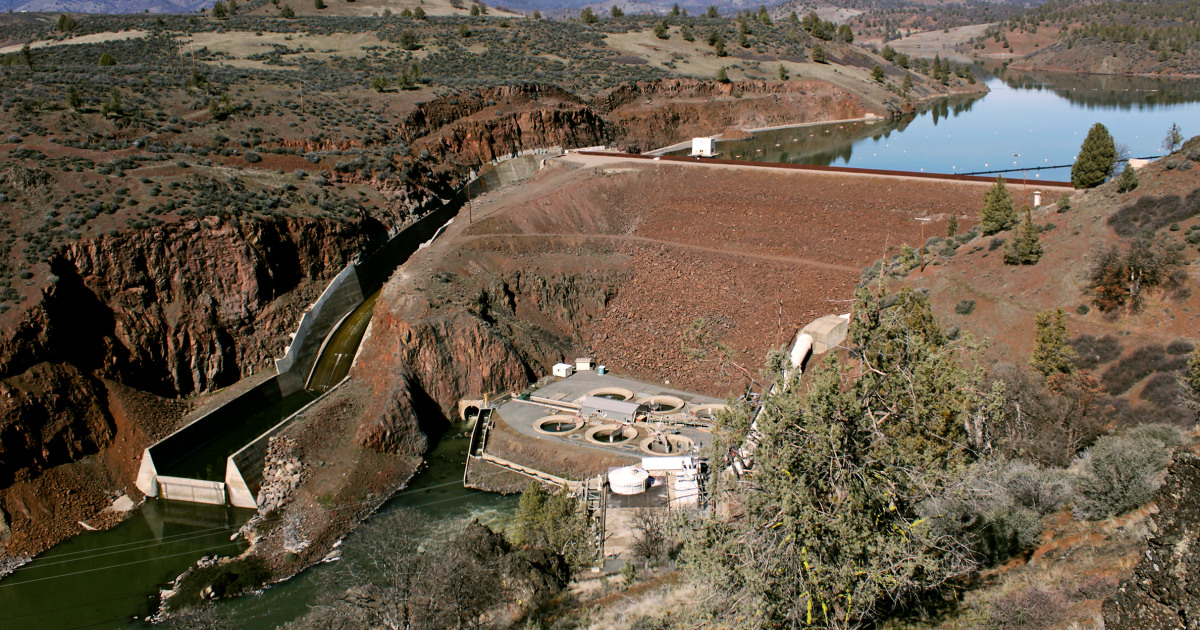This time next year, a series of massive dams that block off the Klamath River will no longer exist. The soil and rocks originally dug and transported from a nearby mountain in the 1950s will be returned to their home and the river will run freely again.
The Iron Gate Dam, which opened in 1964 as the last of four dams that, at nearly 200 feet tall each, regulated the flow of the river and time releases for the local water supply in Northern California, is now part of the world’s largest dam removal and river restoration project. Iron Gate is scheduled to be the final stop for decommissioning crews.
Mark Bransom, the CEO of the Klamath River Renewal Corporation, said the river will be able to flow freely once the dam’s infrastructure is removed. He also said they have plans to help nature take back the area.
“As soon as the reservoir is drained, we’ll get out on the footprint there and begin some initial restoration activity,” Bransom said. “We want to stabilize the remaining sediments using native vegetation.”
In the age of extreme heat, record-setting drought and catastrophic flooding linked to climate change, there’s been a national push to “rewild,” a movement rooted in restoring nature to the state it was before human intervention, hoping this helps mitigate the effects of climate change.
A big part of that effort is centered around dams, many of which were originally constructed when infrastructural development took priority over environmental protection.



The footprint of an 18mw solar farm isn’t that large, likely not that much larger area wise then the dam facility, grounds and critical infrastructure exclusion zone.